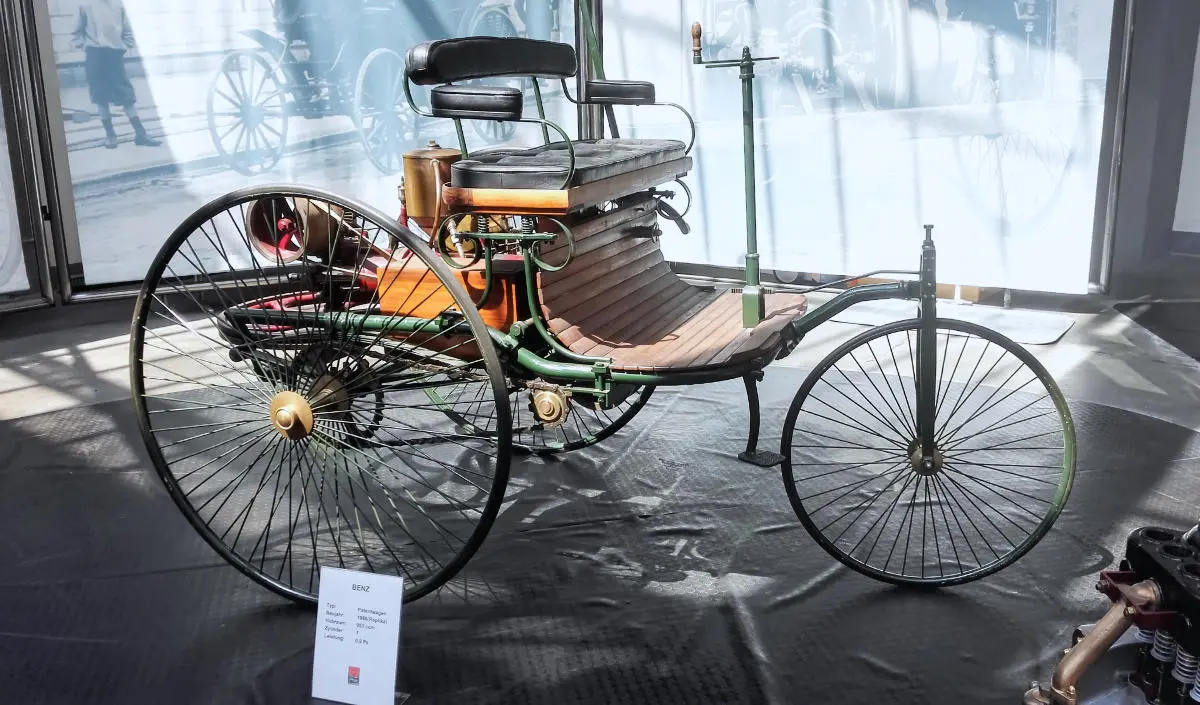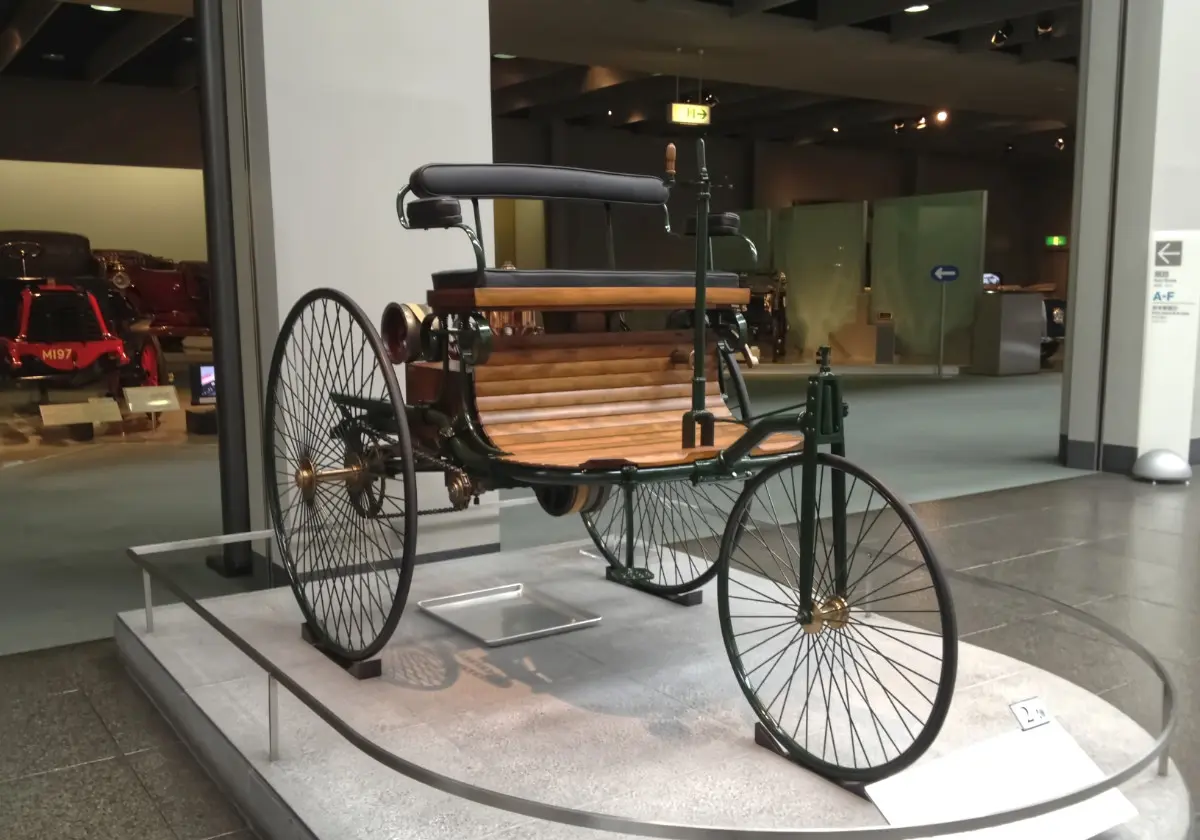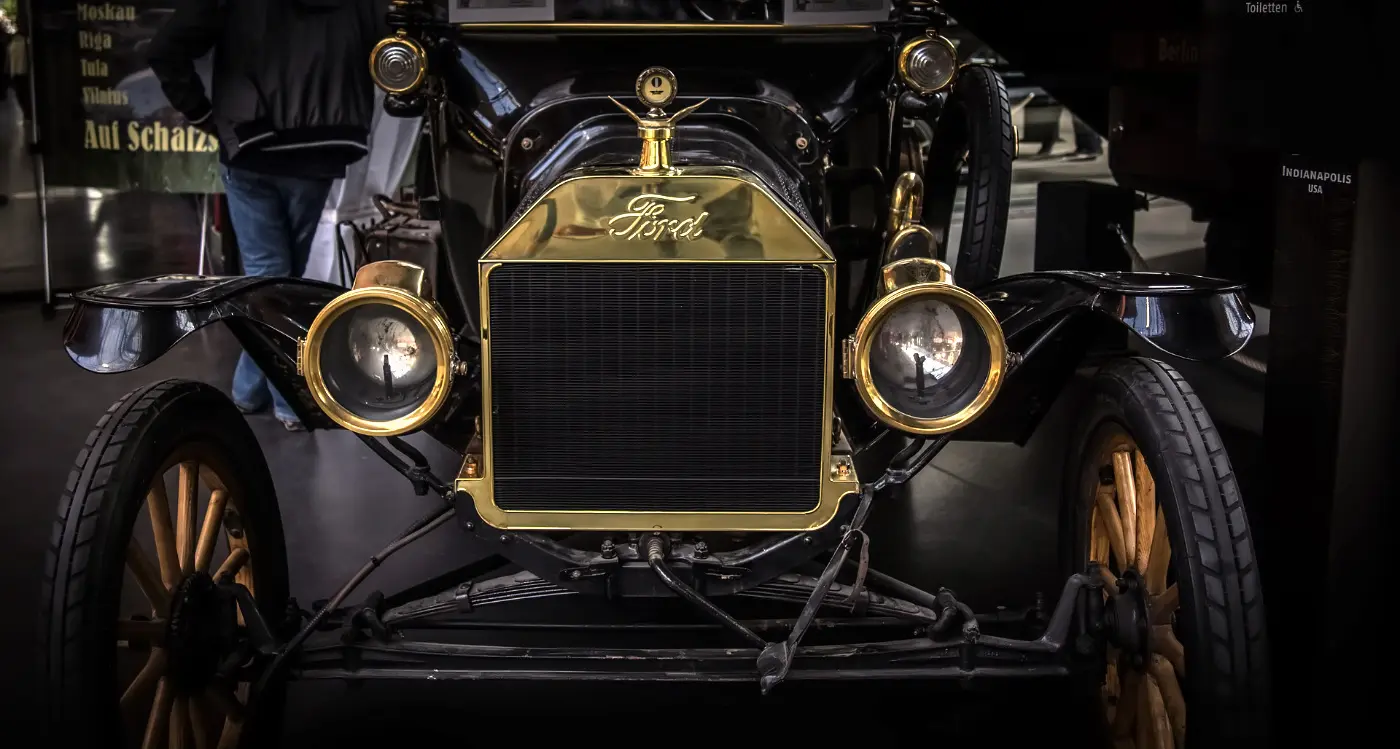The First Historical Road Trip - To Prove a Point
Discover Bertha Benz's pioneering journey, the first historical road trip that sparked the automotive revolution. Explore innovative solutions and enduring legacies, inspiring future innovators.

The "first historical road trip" refers to the pioneering journey from Mannheim to Pforzheim in Germany, a distance of 106 km (66 miles) undertaken by Bertha Benz, the wife of Karl Benz, in August 1888, which is broadly considered the first long-distance trip made using an automobile.
This journey holds a significant place in automotive history as it marks the earliest documented long-distance travel by an automobile. Bertha Benz, the wife of Karl Benz, embarked on this journey to demonstrate the capabilities of the Benz Patent-Motorwagen, Karl Benz's groundbreaking invention, and to prove its practicality for everyday use.
Significance of the journey in automotive history
Bertha Benz's road trip holds immense significance in the annals of automotive history. Although a journey of 106 km / 66 miles is not considered a long road trip by today's standards, it served as a watershed moment that showcased the potential of automobiles as a mode of transportation. By undertaking this journey, Bertha not only demonstrated the feasibility of long-distance travel by automobile but also sparked widespread public interest and awareness in this revolutionary technology. Her journey laid the foundation for the subsequent development and adoption of automobiles, ultimately shaping the modern automotive industry.
The technological innovations and obstacles faced
Bertha Benz's journey was characterized by both pioneering technological innovations and formidable obstacles. The Benz Patent-Motorwagen, powered by a gasoline engine and featuring innovative design elements such as a tubular steel frame and rack-and-pinion steering, represented a significant technological leap forward. However, the journey was not without its challenges. Firstly, the Top speed of the Benz Patent-Motorwagen was merely 16 kph (10 mph). However, this was the main issue as Bertha encountered unprepared roads, navigational difficulties, and the absence of fuel stations, forcing her to improvise solutions along the way. Despite these obstacles, her journey exemplified the ingenuity, perseverance, and pioneering spirit that have come to define the history of automotive innovation.
The Genesis of the First Road Trip
The late 19th century witnessed a period of remarkable technological innovation, particularly in the field of transportation. During this time, inventors and engineers were experimenting with various methods of propulsion, aiming to create a self-propelled vehicle that could revolutionize personal mobility. It was against this backdrop of rapid technological advancement that the automobile emerged as a groundbreaking invention with the potential to redefine transportation.
At the forefront of this automotive revolution was Karl Benz, a German inventor, and engineer. In 1885–1886, Benz succeeded in creating the Benz Patent-Motorwagen, widely regarded as the world's first gasoline-powered automobile. This three-wheeled vehicle featured a revolutionary design, incorporating a single-cylinder, four-stroke engine fueled by gasoline. With its innovative engineering and pioneering spirit, the Benz Patent-Motorwagen laid the foundation for the modern automobile and heralded a new era of personal transportation.
Bertha Benz's decision to undertake the journey
Bertha Benz, Karl Benz's wife, played a pivotal role in the history of the automobile through her bold and visionary actions. In August 1888, inspired by her belief in her husband's invention and its potential to revolutionize transportation, Bertha made the audacious decision to undertake a long-distance journey in the Benz Patent-Motorwagen. Her goal was twofold: to demonstrate the practicality of the automobile for everyday use and to generate public interest and awareness of this groundbreaking technology. Bertha's decision to embark on this historic journey would not only showcase the capabilities of the motorwagen but also pave the way for the future adoption and development of automobiles.
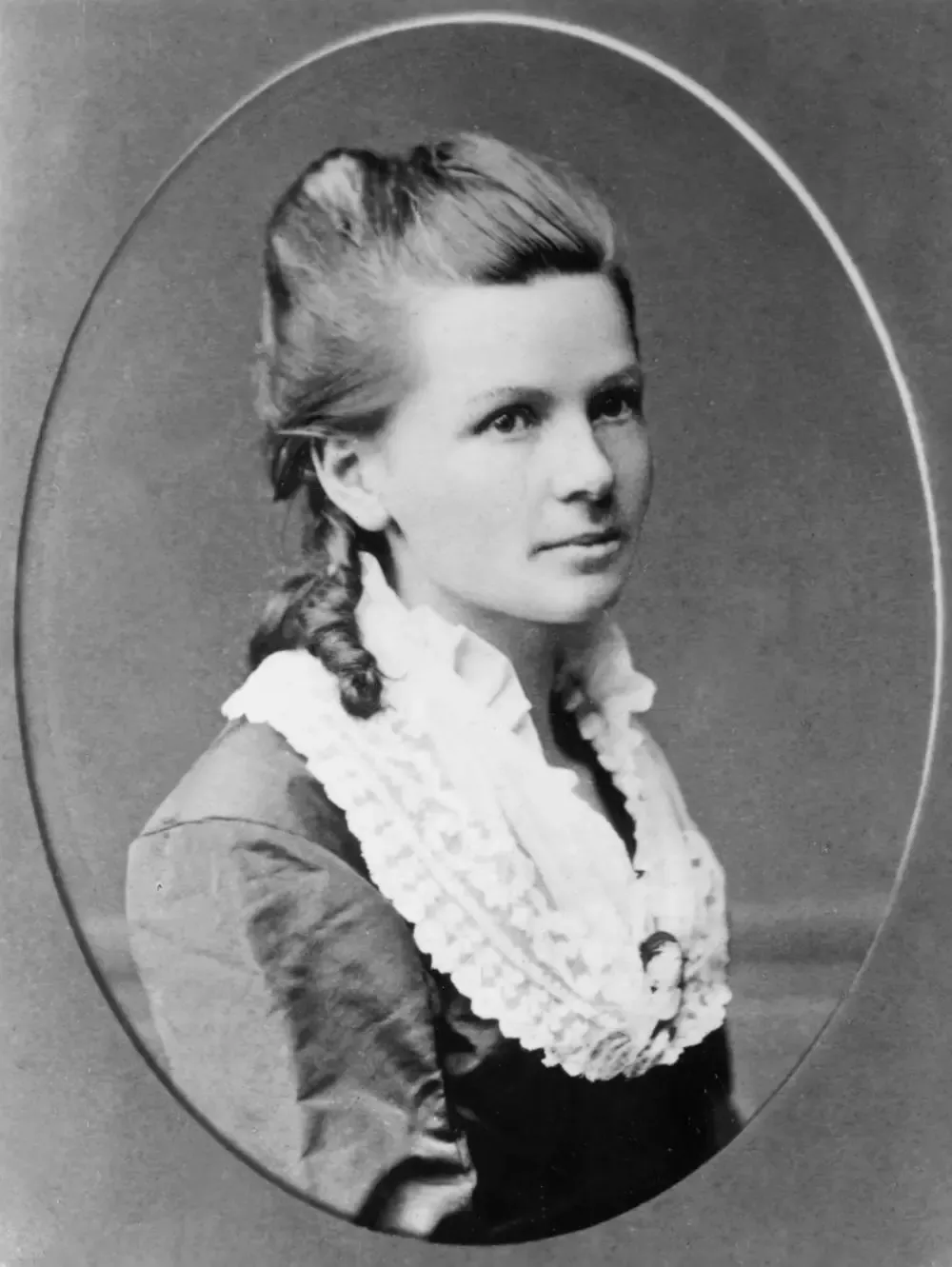
Technological Innovations Behind the Journey
The Benz Patent-Motorwagen was constructed with a tubular steel frame, a groundbreaking design choice that provided both strength and lightness to the vehicle. This innovative construction allowed for improved maneuverability and efficiency, essential qualities for long-distance travel.
At the heart of the Benz Patent-Motorwagen was its single-cylinder, four-stroke engine, fueled by gasoline. This engine represented a significant advancement in automotive technology, offering a more efficient and reliable power source compared to earlier steam or electric propulsion systems. Its compact size and lightweight design made it well-suited for installation in the motorwagen, enabling it to achieve remarkable performance for its time.
To ensure precise handling and control, the Benz Patent-Motorwagen featured a rack and pinion steering mechanism. This innovative steering system allowed for responsive and agile maneuvering, essential for navigating the challenging terrain and obstacles encountered during long-distance journeys.
Electrical Ignition System: Revolutionizing Automotive Technology
One of the key technological innovations of the Benz Patent-Motorwagen was its electrical ignition system. Before this development, ignition systems in automobiles relied on unreliable and cumbersome methods such as flame ignition or hot-tube ignition. The introduction of the electrical ignition system marked a significant advancement, providing a more consistent and efficient means of igniting the fuel-air mixture in the engine cylinders.
By incorporating an electrical ignition system, the Benz Patent-Motorwagen achieved greater reliability and efficiency in its operation. The consistent spark provided by the ignition system ensured reliable engine starting and smoother running, contributing to the overall performance and endurance of the vehicle. This technological innovation played a crucial role in enabling Bertha Benz's historic journey, providing the reliability and confidence needed for long-distance travel.
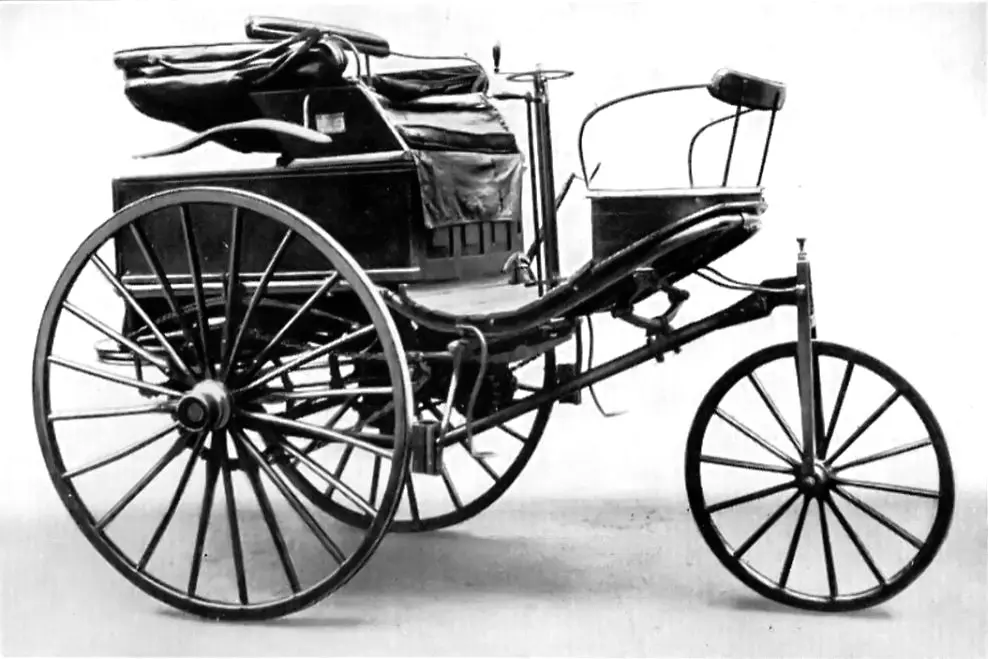
Improvised Solutions En Route
Throughout her journey, Bertha Benz demonstrated remarkable resourcefulness in fueling the Benz Patent-Motorwagen. Faced with the absence of dedicated fuel stations, Bertha improvised by sourcing ligroin, a cleaning solvent similar to gasoline, from a local pharmacy to refuel the vehicle. Her ingenuity and adaptability underscored the practicality and versatility of the motorwagen for real-world travel.
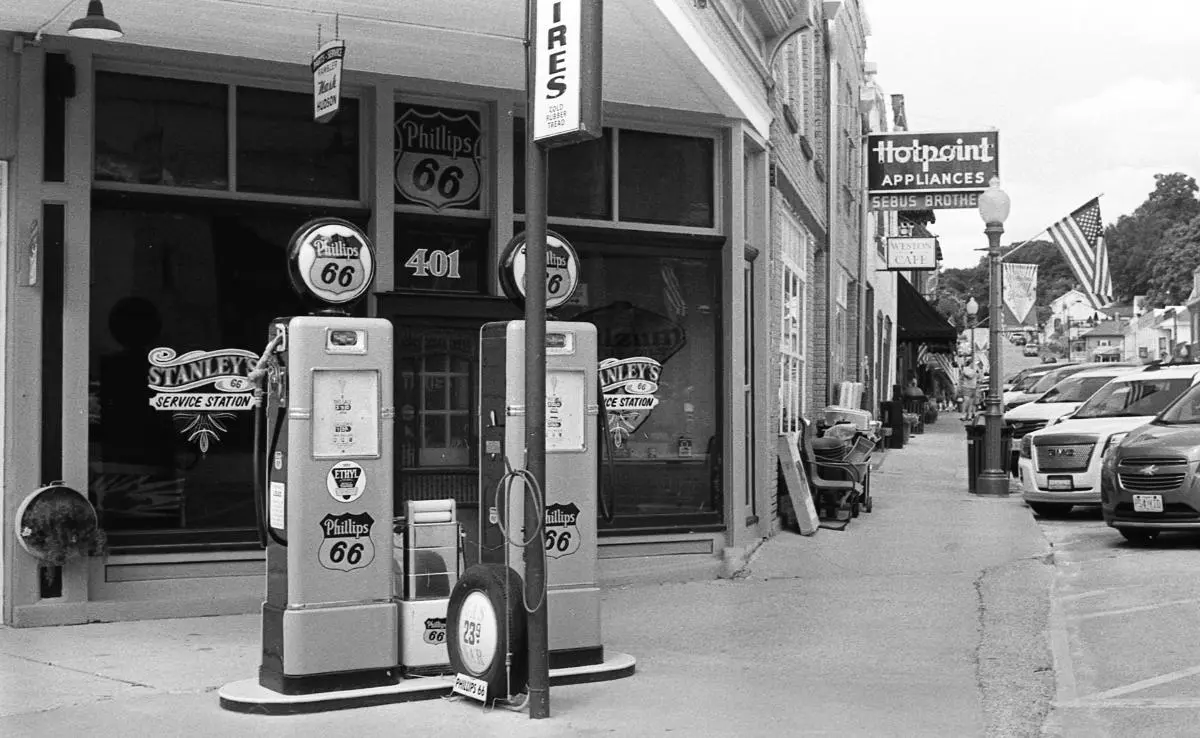
Along the route, Bertha encountered various mechanical issues necessitating on-the-spot repairs and solutions. With limited resources and tools at her disposal, Bertha displayed remarkable ingenuity in addressing these challenges. Notably, she improvised a brake lining using a garter from her attire, effectively inventing the world's first brake lining. These improvised solutions underscored Bertha's resourcefulness and determination, highlighting the pioneering spirit that characterized the early days of automotive innovation.

Overcoming Obstacles on the Road
One of the foremost challenges Bertha Benz faced during her historic journey was the lack of designated roads suitable for automobiles. In the late 19th century, roads were primarily designed for horse-drawn carriages, lacking the durability and smoothness required for motorized vehicles. This lack of infrastructure posed significant challenges for navigation and progress, forcing Bertha to navigate through uneven, unpaved terrain and makeshift paths.
The unprepared roads and rough terrain had a profound impact on the stability and maneuverability of the Benz Patent-Motorwagen. Uneven surfaces and obstacles posed risks of instability and potential damage to the vehicle, requiring Bertha to exercise caution and adapt her driving techniques to maintain control. Despite these challenges, Bertha's determination and perseverance propelled her forward, demonstrating the motorwagen's resilience in traversing uncharted terrain.
Fueling Challenges: Addressing the Absence of Fuel Stations
Throughout her journey, Bertha encountered the daunting challenge of fueling the Benz Patent-Motorwagen in the absence of dedicated fuel stations. Undeterred by this obstacle, Bertha demonstrated remarkable ingenuity by sourcing ligroin, a cleaning solvent with properties similar to gasoline, from a local pharmacy to refuel the vehicle. This improvisation underscored Bertha's resourcefulness and adaptability, showcasing the practicality of alternative fuel sources in overcoming fueling challenges.
Bertha's successful navigation of fueling challenges highlighted the importance of adaptability and problem-solving skills in overcoming obstacles on the road. In the absence of conventional solutions, Bertha's ability to think creatively and make effective use of available resources proved instrumental in ensuring the continuity of her journey. Her resourcefulness serves as a testament to the resilience and innovative spirit that characterized the early pioneers of automotive travel.
Mechanical Issues: Tackling Breakdowns and Maintenance on the Go
Throughout her journey, Bertha encountered various mechanical issues and breakdowns that required immediate attention and improvisation. One notable instance was the deterioration of the Motorwagen's brake system, necessitating an improvised solution to ensure continued safe operation. Bertha ingeniously utilized a garter from her attire to improvise a brake lining, effectively inventing the world's first brake lining and ensuring the vehicle's braking functionality. This impromptu repair underscored Bertha's resourcefulness and ability to think on her feet in challenging circumstances.
In addition to addressing brake issues, Bertha performed various maintenance procedures and repairs on the Benz Patent-Motorwagen throughout her journey. From adjusting engine components to repairing mechanical failures, Bertha demonstrated proficiency in automotive maintenance, relying on her practical knowledge and problem-solving skills to keep the vehicle operational. These on-the-go repairs exemplified Bertha's resilience and determination in overcoming mechanical obstacles, showcasing the pioneering spirit that characterized her historic journey.
Legacy and Impact of the First Road Trip
Bertha Benz's historic road trip captured the imagination of the public and garnered widespread media coverage. Newspapers and publications of the time extensively covered her journey, documenting the challenges she faced and the milestones she achieved. The unprecedented feat of traveling long distances by automobile captured the public's fascination, sparking curiosity and interest in this revolutionary mode of transportation.

Bertha Benz's journey played a pivotal role in accelerating the acceptance and adoption of automobiles. By demonstrating the practicality and reliability of the Benz Patent-Motorwagen for long-distance travel, she helped dispel skepticism and doubts surrounding the feasibility of automobiles as a viable mode of transportation. Her journey inspired confidence in the potential of automobiles, paving the way for their widespread adoption and integration into society.
Feedback for Innovation: Informing Future Advancements in Automotive Technology
Bertha Benz's journey provided invaluable feedback and insights that informed future advancements in automotive technology. Karl Benz, leveraging Bertha's firsthand experience and observations, incorporated design improvements and refinements into subsequent iterations of the Benz Patent-Motorwagen. Her feedback enabled Karl Benz to address weaknesses and enhance the performance, reliability, and safety of future automobile models, thereby driving innovation in the automotive industry.
Bertha Benz's journey highlighted the real-world challenges and obstacles faced by early automobile travelers. Her experiences catalyzed innovation, inspiring engineers and inventors to develop solutions to overcome these challenges. From improvements in engine efficiency and reliability to advancements in road infrastructure and safety features, Bertha's journey spurred a wave of innovation that shaped the evolution of automobiles and paved the way for modern automotive technology.
Recap of the Pioneering Technological Innovations and Obstacles Overcome
Bertha Benz's historic road trip exemplified the pioneering spirit of early automobile enthusiasts and showcased the groundbreaking technological innovations of the Benz Patent-Motorwagen. From its innovative design features to Bertha's ingenuity in overcoming obstacles on the road, her journey underscored the transformative potential of automobiles in revolutionizing personal mobility.
Reflection on the Enduring Legacy of the First Historical Road Trip
Bertha Benz's historic journey left an indelible mark on automotive history, inspiring generations of innovators and adventurers. Her bold and visionary actions demonstrated the transformative power of technology and the resilience of the human spirit in overcoming challenges. Bertha's legacy continues to resonate today, serving as a timeless reminder of the boundless possibilities that await those willing to embark on uncharted journeys.
Inspirational Significance for Future Generations of Innovators and Adventurers
Bertha Benz's historic road trip serves as an enduring source of inspiration for future generations of innovators and adventurers. Her journey exemplifies the courage, determination, and pioneering spirit required to push the boundaries of what is possible. As we look to the future, Bertha's legacy reminds us to embrace challenges, seize opportunities, and embark on journeys of discovery that have the power to shape the course of history.
If you want to try the same road trip as Bertha Benz, then you can as a non-profit organization in 2008 ensure that the Bertha Benz Memorial Route is tracked and marked for future generations.
